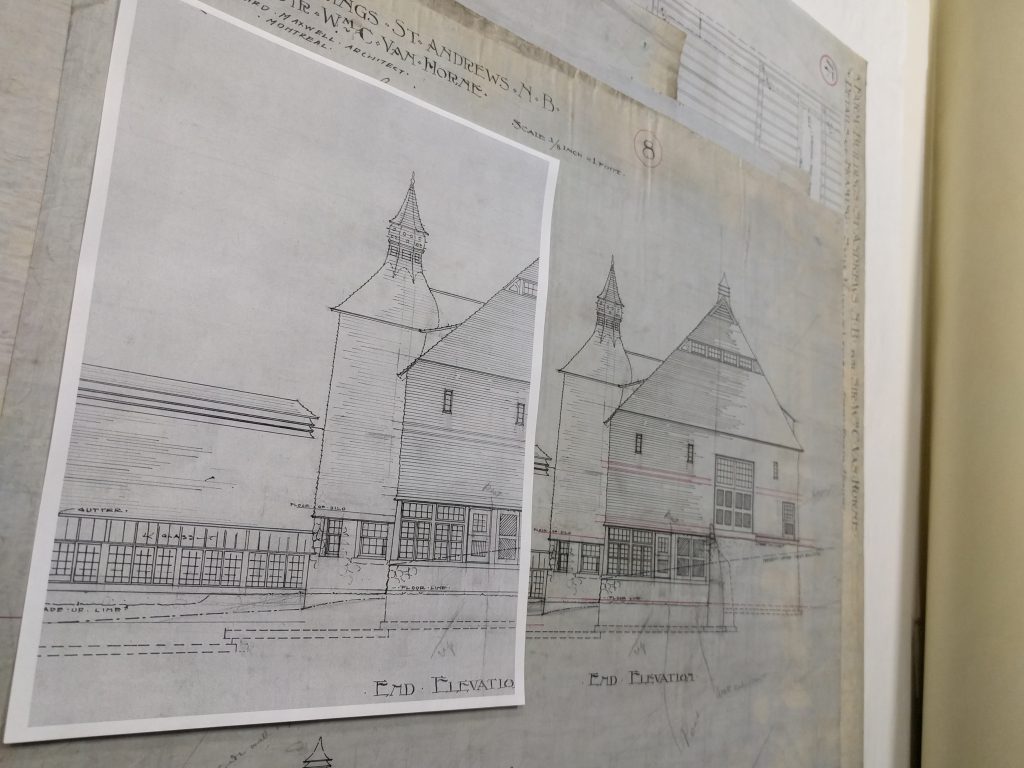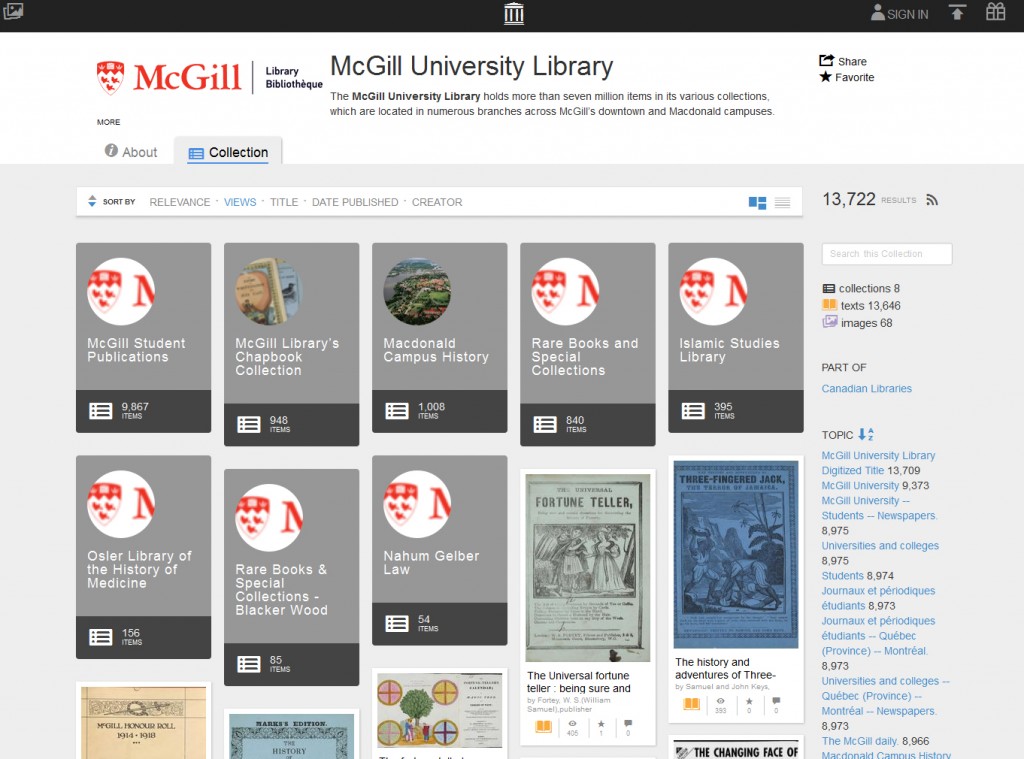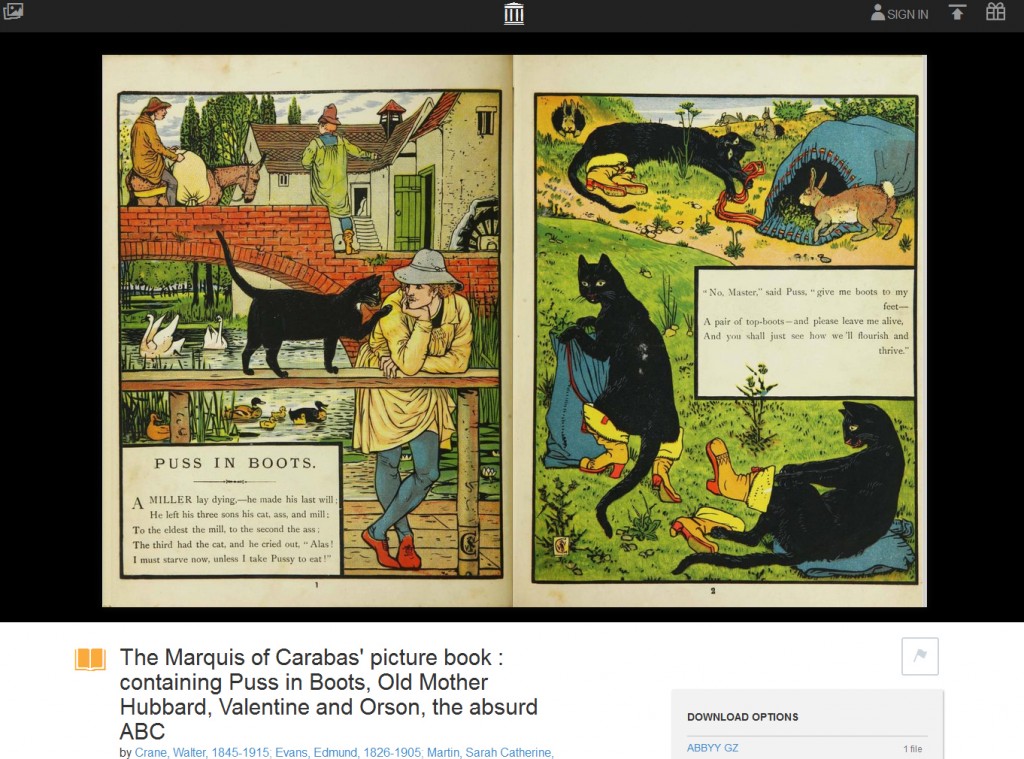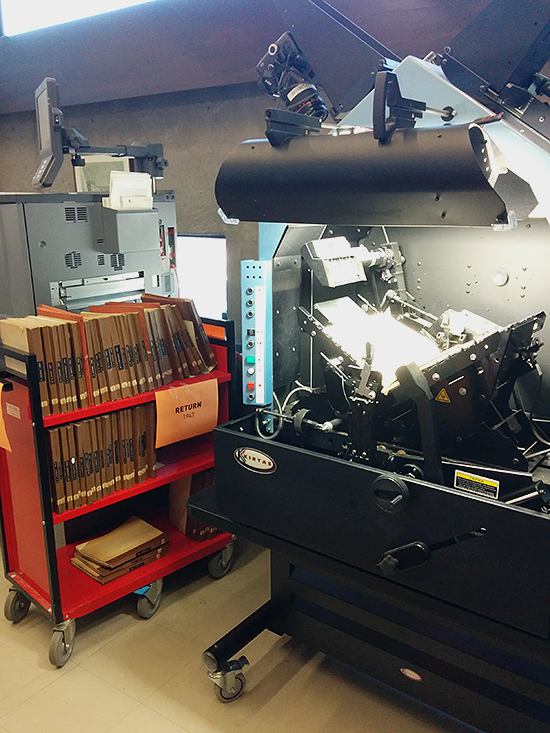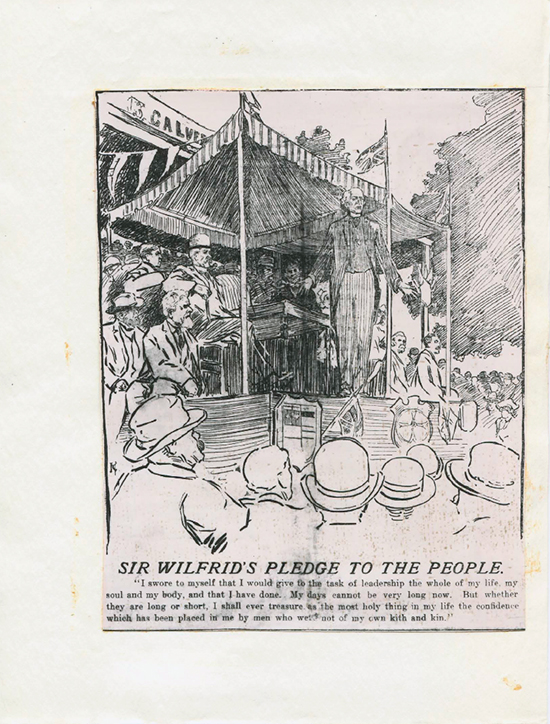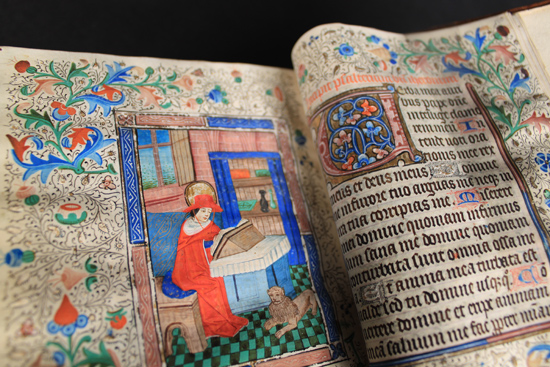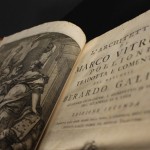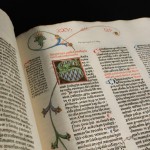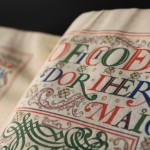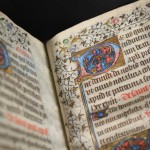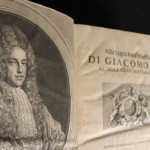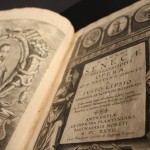This summer, the McGill Library is celebrating two major milestones in digitization:
- Our entire collection of digitized volumes was added to HathiTrust.
- Our digital collections on the Internet Archive (IA) reached 6 million views.
HathiTrust: After many years of hard work and a collaborative effort between Collection Services and Digital Initiatives, the Library contributed 17,918 digitized volumes to HathiTrust. This marks a significant achievement of a long-held goal, to move our mass digitized collections from the IA into HathiTrust for increased preservation and access. Not only have we moved all our digitized volumes into HathiTrust, new workflows were also created to ingest digitized works on a regular basis using the Digital Projects Database (DPD). This incredible online tool was created by Elizabeth Thomson, (recently retired system analyst) at the Library’s in-house Application Development Team in Digital Initiatives.
HathiTrust is a partnership of academic and research institutions that offers millions of digitized titles from libraries around the world. During the pandemic while the Library was unavailable to onsite borrowers, it continued to provide access to our print holdings.
In 2009-2010, HathiTrust started experimenting with ways to add support for ingesting content from the IA. This initiative enabled the Library to “batch upload” our first IA collection to HathiTrust: the popular Chapbook Collection that was published during the 18th and 19th centuries and contains over 900 British and American chapbooks. HathiTrust’s innovative approach of using existing high-resolution images from the IA saves an enormous amount of time since it is not necessary for the Library to restore archival images from its own preservation tape backups. Once the images are loaded, the HathiTrust record offers a similar experience to the IA with a full-text search component and a page-turner display option. More importantly, because of HathiTrust’s close collaboration with the Online Computer Library Center (OCLC) to create a permanent bibliographic catalogue, our digitized content is discoverable in McGill’s discovery tool Sofia.

The Internet Archive: This past month, the Library reached the incredible milestone of 6 million views on the IA, a non-profit digital library that provides public access to millions of digitized items. Founded in 1996, the IA (archive.org) has collaborated with more 275 Canadian institutions in providing open access to their unique materials. The McGill Library began uploading to the IA eight years ago and our collection now numbers 18,973 digitized items. Currently, the McGill Library has the following eight collections in the internet Archive:
- McGill Student Publications
- Rare Books and Special Collections
- Islamic Studies Library
- Osler Library of the History of Medicine
- McGill Library’s Chapbook Collection
- Macdonald Campus History
- Marvin Duchow Music Library
- Nahum Gelber Law
Here are some interesting facts about our IA collection that is growing by thousands of eBooks every year.
- One of our most popular items is the Magic Cookbook with over 17,000 views. It describes how Magic Baking Powder is used in baking recipes.
- The oldest digitized item in the collection is an Assyrian Medical Tablet ca. 700 BCE. It belonged to an ancient family of priests in the Temple of Aššur and it is on remedies for an eye disease that is itself unidentified in the tablet.
- The IA collection contains items in over 50 languages, including several indigenous languages such as Cree, Mi’kmaq, and Inuktitut.
- The size of the books in the collection range from a very large 3-foot atlas to a small chapbook measuring only 91 mm.
- The IA now offers the Daisy Audio format of our digitized collection for print-disabled users using specialized devices or apps.
If you wish to stay informed of new additions to our digitized collection in the Internet Archive, please consider subscribing to our RSS feed.
A big thank you goes out to our colleagues who made these milestones possible: Megan Chellew, Elizabeth Thomson, Jessica Lange, Sarah Severson (U of A), Clara Turp, Andrew Senior, Mutugi Gathuri, Mehmood Khalid, Jenn Riley and the rest of the Application Development Team in Digital Initiatives.


